It took me awhile, but I’m becoming a fan of rye, particularly rye breads made with sourdough.
There are many advantages to using sourdough in rye breads. Besides providing good leavening ability, sourdough provides the benefits of good eating quality, increased nutrition, and good keeping quality. What’s not to like about that!
I didn’t have an appreciation for the complexity of rye until recently. Rye flour is totally different from wheat in virtually all aspects… from the way it’s grown, to mixing, fermenting, proofing, steaming, baking, and eating breads made with rye. It’s a very unique grain with unique requirements. I’m looking forward to experimenting more with this grain.
66 Percent Sourdough Rye
As the name suggests, this 66 Percent Sourdough Rye Bread is made with 66 percent rye flour.
Makes: Two Large Loaves
Adapted from Bread: A Baker’s Book of Techniques and Recipes by Jeffrey Hamelman
Sourdough:
- 12.8 oz (3 1/2 cups) whole-rye flour (sifted once, see ** below)
- 12 oz (1 1/2 cups) water *
- .6 oz (2 T) mature sourdough culture
*
I added a little more water than the original formula suggested due to the absorption rate of the whole grain rye.
Final Dough:
- 8.3 oz (1 1/8 cups) whole-rye flour (sifted once, see ** below)
- 10.9 oz (2 1/2 cups) high-gluten flour
- 13.8 oz (1 3/4 cups) water
- .6 oz (1 T) salt
- .1 oz (1 tsp) instant dry yeast
- 1 lb, 7 oz sourdough (all of the above minus 2 T)
** The original formula called for medium rye flour, but I didn’t have any so I used freshly-milled whole rye flour and sifted it once to remove some of the bran and germ.
The flour milled from the whole rye grain would actually be closer to a rye meal, but after removing some of the bran and germ, it looks more like flour.
1) Preparing the Sourdough:
Prepare the sourdough by mixing all of the ingredients together.
Let it ripen for 14 to 16 hours at 70 degrees F.
2) Mixing the Dough:
Add all of the ingredients to the mixing bowl. In a spiral mixer, mix for 3 minutes on first speed and about 2 minutes on second speed. When you pull on the dough, you will feel a bit of gluten strength, but the overall dough strength won’t be very much. The desired dough temperature is 80 degrees F.
3) Bulk Fermentation:
30 to 45 minutes. Rye doughs ferment more quickly than wheat doughs so be careful not to overproof the dough.
4) Dividing and Shaping the Dough:
Divide the dough into 1.5-pound pieces; shape round or oblong. I shaped mine into batards.
Shaping Batards: Gently divide the dough into two pieces and shape the pieces into boules. Cover and let them rest on the counter for 15 minutes. I used wet hands for this part because the dough was rather sticky.
To make the batard shape, gently pat the dough into a rough rectangle.
Fold the bottom third of dough, letter style, up to the center and press to seal, creating surface tension on the outer edge. Fold the remaining dough over the top and use the edge of your hand to seal the seam closed and to increase the surface tension all over.
Form the other ball of dough the same way, then transfer the loaves to a parchment-lined baking sheet for proofing.
5) Final Fermentation:
Cover the loaves loosely with plastic wrap. Let them proof for 50 to 60 minutes at 80 degrees F. I placed my loaves in the oven with the light on.
6) Scoring the Loaves:
Score the loaves down the middle using a serrated knife or lame.
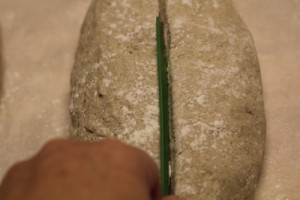
7) Baking the Loaves
Prepare the oven for hearth baking by placing a baking stone on the middle rack of the oven and a steam pan underneath. Preheat the oven to 475 degrees F. Slide the breads (on the parchment paper) directly onto the baking stone and pour 1 cup of water in the steam pan. After 30 seconds, open the door, spray the walls with water, and close the door. Repeat twice more at 30-second intervals.
Bake the bread for 15 minutes, then lower the oven setting to 450. Continue baking for 30 to 40 minutes. Check the breads during the bake and rotate them 180 degrees for even baking.
8) Cooling and Slicing the Loaves:
Remove the loaves to a wire rack to cool completely. The baked bread should rest for up to 24 hours before slicing in order to improve its eating quality.
This bread definitely has good keeping quality. My version is a little bit heavier due to the whole grain rye, but the flavor is really good. I let the bread rest on the counter for 24 hours as suggested. It has a very deep flavor and goes really well with cheese. It also tastes good just plain. It has just a hint of a sour flavor. I like that!
I think this bread would taste good in Tomato Bread Soup or Sourdough Strata. However, I found something different I’m going to try. It’s a unique Christmas Bread made with bread cubes from day-old rye bread.

Mellow Bakers was hosted by Paul at Yumarama. We baked breads from Bread: A Baker’s Book of Techniques and Recipes by Jeffrey Hamelman.
Happy Baking!
Cathy
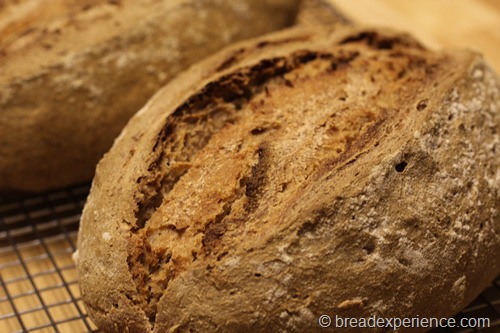
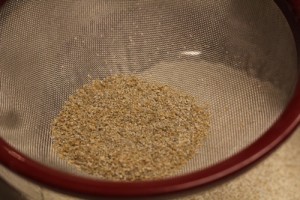
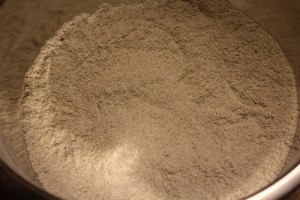
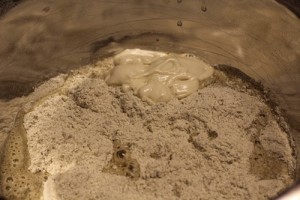
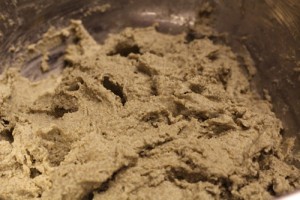
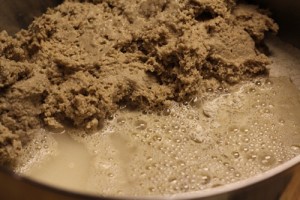
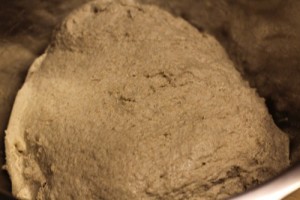
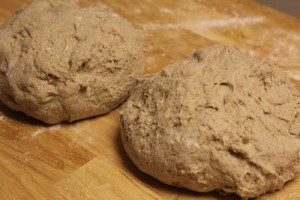
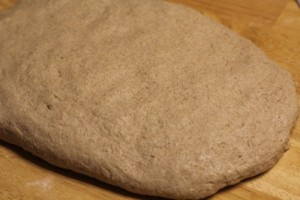
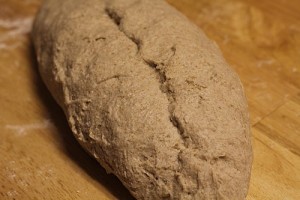
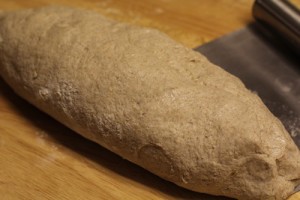
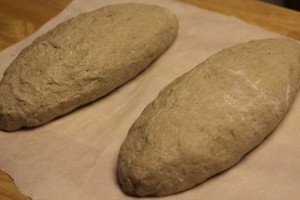
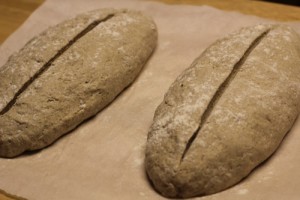
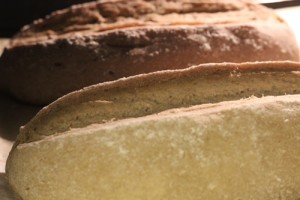
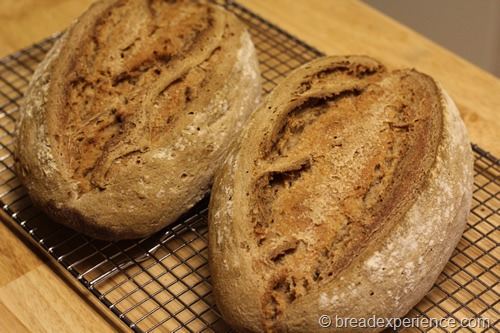
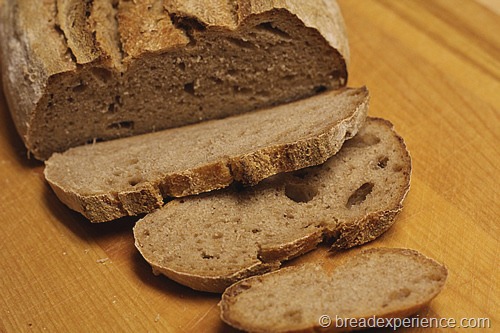
Danielle says
I love rye bread. I have a few recipes I want to try in the near future. This looks like a great recipe. Beautiful loaves
Anonymous says
Although it seems counter intuitive, a mixture of potato and the water they were cooked in make a wonderful additive to rye breads. This mixture feeds the yeast, lightens the dough and helps the bread stay moist! I lived in Germany, and now live near the Amish, who both incorporate potato into their breads.
Anonymous says
I only seek the answers to two questions in my food recipe reviews.
1. Did you actually make the recipe?
2. Would you make it again?
My answers are yes, and definitely yes. ~ Palate Puppy
Cathy W. says
Palate Puppy! Thank you for sharing your experience. I’m so glad you enjoyed this bread. Happy Baking!
Teata says
Help I made it and it grew outwards but not upwards? Looks like a flat bread..?
Cathy says
Hi Teata, did you use a mature, active starter that had just been fed? If the starter isn’t active, that can cause the bread not to rise as it should and be flat. And because it incorporates a good bit of rye, the little bit of extra yeast gives it a boost. Another cause could be overproofed dough. If it rises too much during the proof cycles, it can flatten during the bake cycle. Are you using steam to help it rise? Just some variables to consider.